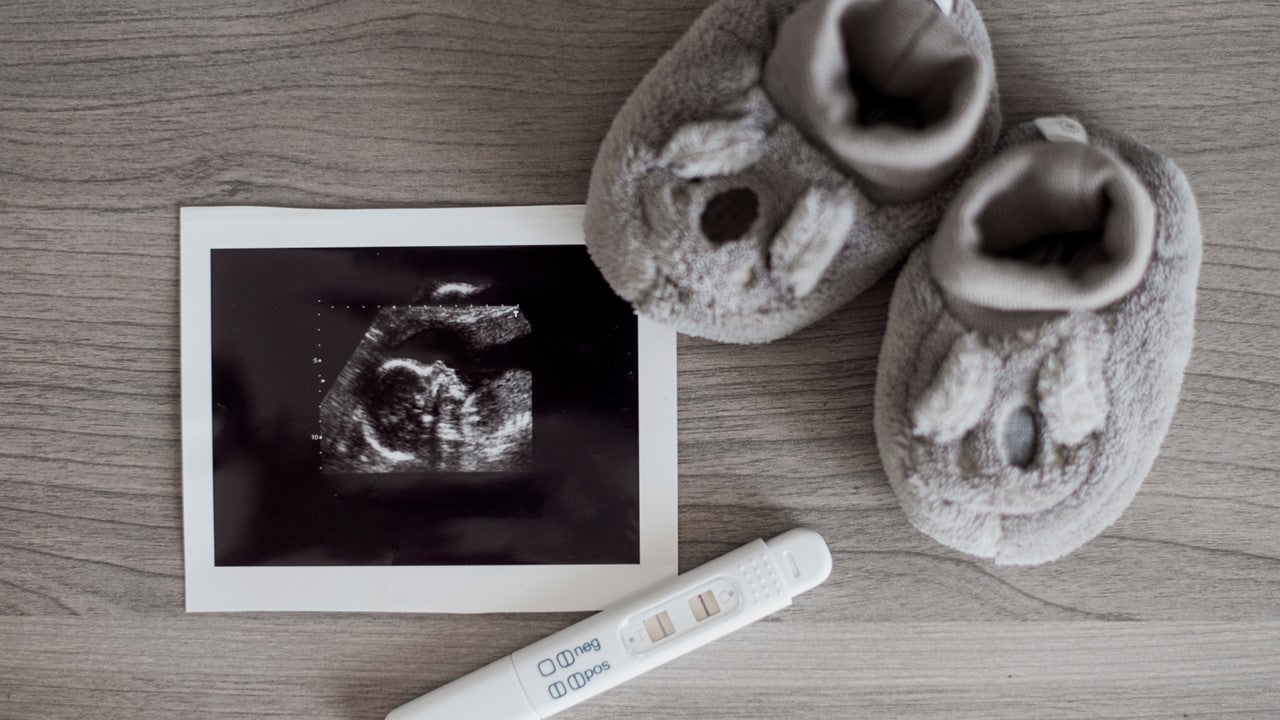What are the risks of fertility treatments?

Fertility treatments are generally quite safe: most women are no more likely to experience health or pregnancy problems than women who have conceived naturally. However, there are some risks to take into account, ranging from minor discomfort to serious complications, it is important that you know and understand them to start looking for a healthy and happy pregnancy.

multiple births
With IVFs, the risks of multiple births are increased, if more than one embryo is transferred to the uterus. Although after a long search, multiple births may be desired, it should be noted that, in this type of pregnancy, the risks of preterm delivery and low birth weight may be increased, unlike single-born pregnancies.
What can I do to reduce my chances of having a multiple birth?
In Spain, the number of embryos to be transferred is legally regulated by Law 14/2006 on Assisted Reproduction Techniques, which allows the transfer of up to a maximum of 3 embryos. Depending on the case, the specialist will recommend transferring only one or two embryos to minimize the risks of multiple births.

Ovarian hyperstimulation syndrome (OHSS)
It is a reaction to gonadotropin fertility drugs, which are given to stimulate egg production in assisted reproductive treatments. It is an exaggerated response to medication, where the woman develops too many eggs, the ovaries swell, and there is an increase in blood vessel permeability.
It can occur in a mild form, where it can be treated with pain relievers at home, and in a severe form, where it can endanger your life. In severe form it can occur between 0.5 and 2% of IVF cycles.
It is important that you know the symptoms so that you can contact your doctor if you feel any to prevent serious complications.
Symptoms of OHS Mild:
- Discomfort in the lower abdomen
- Nausea
- vomiting
- Diarrhea
- Abdominal distension
Symptoms of Severe OHS:
- Pain
- rapid weight gain
- decrease in urine
- breathing difficulties
- Fever
- Appearance of clots in the legs
- Threw up
- Difficulty tolerating fluids
- Tachycardia
- Abnormalities in blood test results
How can ovarian hyperstimulation syndrome be prevented?
Adapting the medications, depending on the case, specialists can modify the medications to reduce the risk of OHS, for example, reducing the dose of gonadotropins or using GnRH antagonists. They may also recommend embryo freezing for later IVF and the use of metformin in some patients.
Preterm birth and low birth weight
In vitro fertilization (IVF) may slightly increase the risk of preterm birth and low birth weight, but the good news is that according to a recent study conducted at the University of Utah, once researchers considered the mothers' health, fathers' socioeconomic background, and babies' birth characteristics, differences in adverse birth outcomes were significantly reduced for all types of assisted reproductive treatments.
Study co-author Dr Alice Goisis PhD and Professor at University College London says this study reinforces the argument that adverse birth outcomes among babies conceived via assisted reproduction are unlikely to be driven by reproductive technology in Yes.
This is good news for families or people who are considering assisted reproductive techniques as a possibility to have children.

Ectopic pregnancy
Women who take gonadotropins have a slightly increased risk of ectopic pregnancy. Studies show that 2% to 5% of women undergoing IVF may have ectopic pregnancies.
Ovarian Torsion
Ovarian torsion is a painful condition, which occurs when one of the ovaries twists around its supporting tissues. It is a rare condition that only occurs in around 0.2% of assisted reproduction patients and if properly treated, it does not have an impact on fertility or the ability to conceive.
Cancer and birth defects
There are no conclusive studies showing that assisted reproductive treatments cause cancer or birth defects.
There is also no evidence that fertility treatments cause premature menopause or affect ovarian reserve.
Looking for a clinic with expert professionals and knowing the risks can help you minimize these risks and contact them as soon as possible in case you present any of the symptoms mentioned above. Don't be afraid to ask questions or report symptoms that you think are abnormal, because they can help them diagnose early.
Finally, it is important to remember that, like all treatments, fertility treatments also have their risks and advantages, so it is vitally important to know about them in order to make the right decision, in addition to seeking advice from a specialist. Similarly, fertility treatments are an excellent option for couples or people who want to have a child and have had problems for various reasons.
Font
- Alina Pelikh, Ken R. Smith, Mikko Myrskyla, Alice Goisis. Medically Assisted Reproduction Treatment Types and Birth Outcomes . Obstetrics & Gynecology , 2022; Publish Ahead of Print DOI: 10.1097/AOG.0000000000004655
- Law 14/2006, of May 26, on assisted human reproduction techniques. https://www.boe.es/buscar/act.php?id=BOE-A-2006-9292
0 comments



